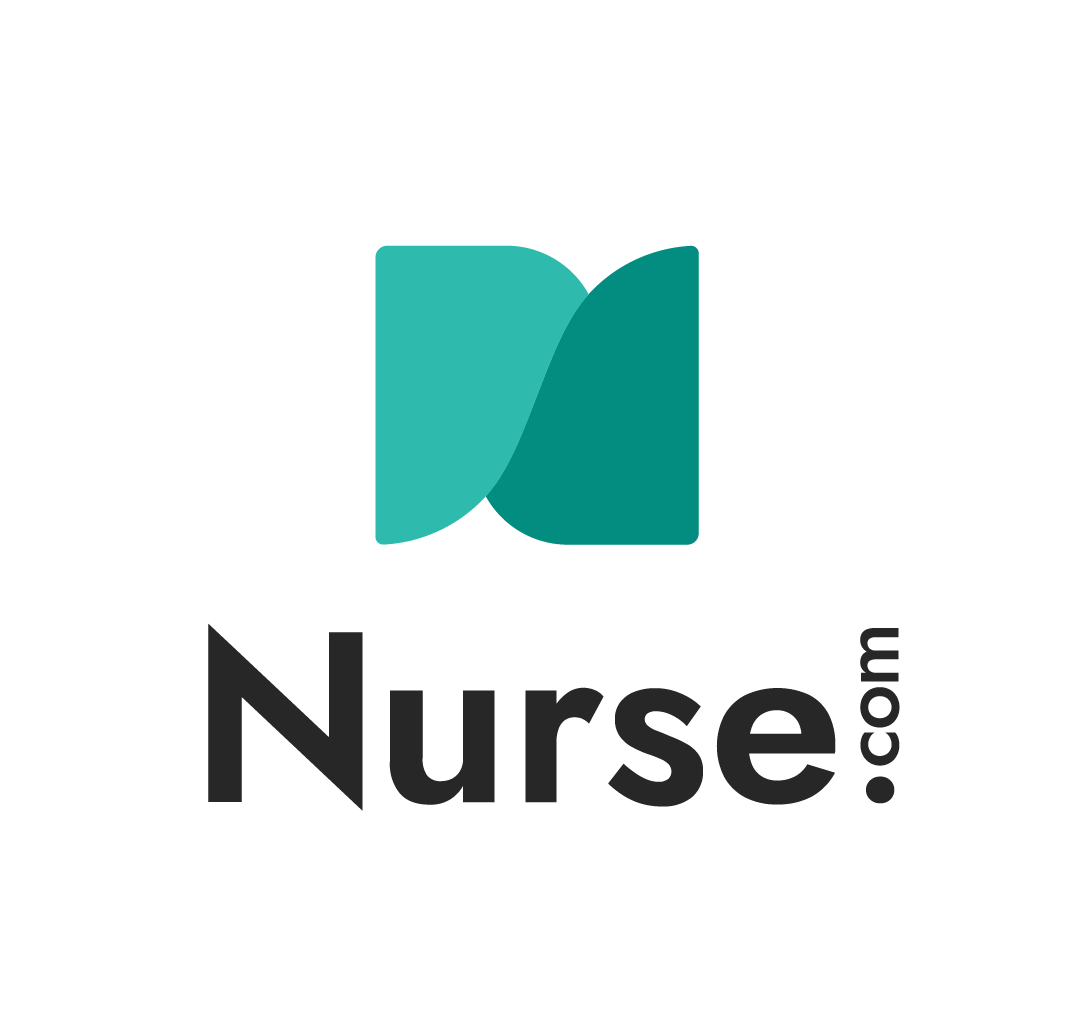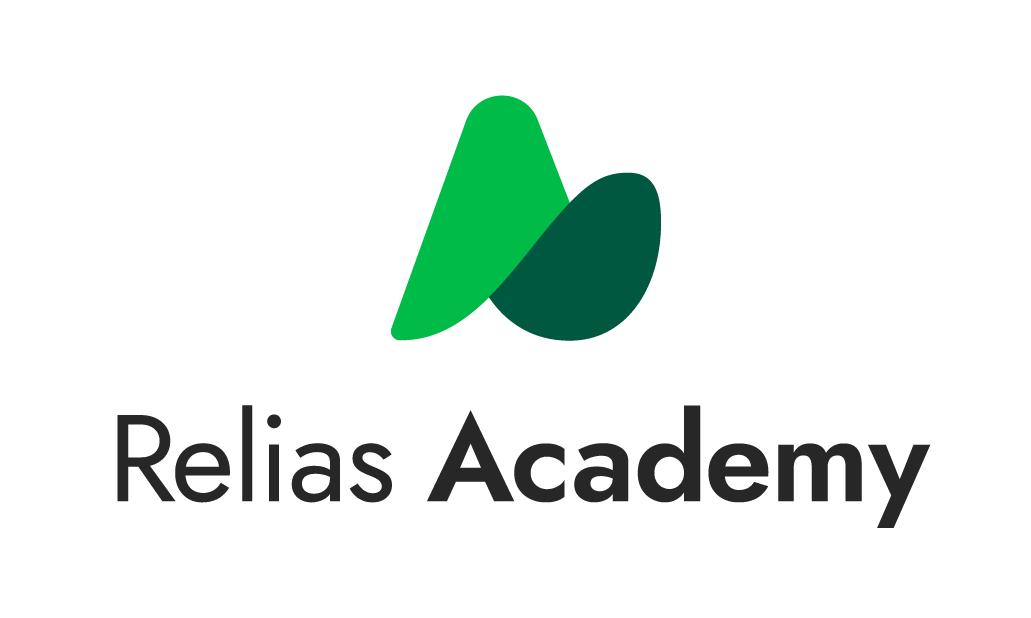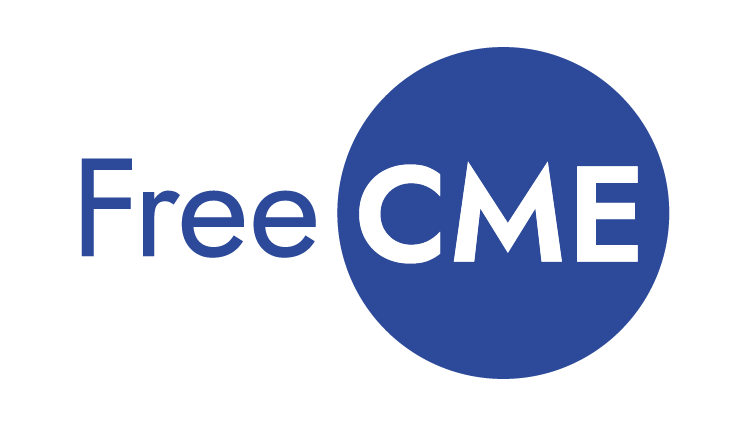Importance of Suicide Prevention Training
With suicide being a leading cause of death in the United States, it’s important for your entire staff to be aware of proper suicide prevention protocols.
We hope this page serves as a resource on best practices in identifying, assessing, and responding to suicide risk in persons served.
Using training to improve suicide prevention efforts
Simulation and scenario-based training provide staff with a safe space to learn new skills and critically apply them in a relevant situation. When it comes to identifying and preventing suicide, simulation training can help staff bridge the knowing-doing gap by reinforcing learned skills and improving confidence for when they need to apply the same skills to a real-life situation.
Relias’ behavioral health training library includes suicide prevention simulation training that enables clinicians to apply their critical thinking, knowledge, and skills. Sample our simulation training courses below to see just how impactful this type of training can be to improve staff skills and confidence when working with clients expressing suicidal thoughts.
Sample Course
In Session: Practicing Clinical Skills to Prevent Suicide in Young Adults
This course is designed to provide behavioral health clinicians with the ability to apply critical thinking, knowledge and skills in simulated clinical sessions and to real-world experiences.
Sample Course
In Session: Practicing Clinical Skills to Prevent Suicide in Adults
This course gives learners the opportunity to apply their existing knowledge of suicide prevention in a simulated clinical setting.
Webinars on Suicide Prevention
Webinar
Introduction to Relias’ Suicide Prevention Simulation Courses
With suicide being a leading cause of death in the U.S., it’s important for your entire staff to be aware of proper suicide prevention protocols. Watch this on-demand webinar to hear Sara Seidel Beall, Senior Product Manager at Relias, walk you through the technology and importance of suicide prevention simulation courses.
Webinar
Saving Our Children: Current Considerations for Preventing Suicide in Children and Adolescents
This webinar will discuss what cultural and COVID considerations need to be made in order to provide the best care for children and adolescents; explore the role of parents, guardians, and other caregivers in suicide prevention, and talk through next steps and tools to effectively screen for suicide in this population.
Webinar
Best Practices for Suicide Prevention to Postvention
Suicide prevention can seem like a daunting undertaking for any workforce, but as the number of deaths by suicide keep increasing, it becomes a necessary public health issue to be addressed within health care. Join Relias and the National Council for this important conversation.
Webinar
Addressing the Growing Rate of Suicide in the Black Community
Statistics on the growing rate of suicide in the Black community and what organizations can do to improve suicide prevention and treatment.
More Relias Resources
Crisis Prevention and Intervention
Because situations resulting in a mental health crisis can vary greatly, it is critical that providers have relevant, timely, and evidence-based methods of addressing crises in a way that is trauma-informed and meets the needs of the individual. This resource hub will help providers and their staff increase their understanding of crisis, improve their skills when handling crises, and give them knowledge to prevent and manage crises more effectively.
Trauma-Informed Care
The impact of trauma is far reaching and affects every aspect of health. By implementing a trauma-informed care approach, both staff and clients work together in a framework of wellness that produces improved outcomes. Review these resources to help transform your organizational culture and practice.
Learn More
Articles
Suicide Prevention: How to Help When Social Determinants Spiral
Social determinants of health play a very large role in substance use disorders and depression. These determinants feed off one another and produce a downward spiral effect that increase the risk of suicide.
Suicide Risk Assessment: How To Talk About Suicidal Ideation
We cover best practices clinicians can use when performing suicide risk assessments and discussing suicidal ideation with clients.
Youth Suicide Risk Management and Prevention
Over the last 20 years, child and adolescent suicide has been on the rise. Learn how to practice youth suicide prevention now.
Webinar
Best Practices for Suicide Prevention to Postvention
Suicide prevention can seem like a daunting undertaking for any workforce, but as the number of deaths by suicide keep increasing, it becomes a necessary public health issue to be addressed within health care. Join Relias and the National Council for this important conversation.
988, Behavioral Health Services, and Better Crisis Response
With the implementation of 988, behavioral health organizations have a chance to make a wider impact on crisis in their community.
How to Improve Suicide Screenings in Primary and Integrated Care
Evidence has shown that suicide risk screening in primary care is effective, yet there is still a serious need to improve the frequency with which they’re conducted.
Black Youth Mental Health and Its Impact on Suicide in the US
Black youth in the United States are experiencing a mental health crisis. How can behavioral health providers respond?
It’s Time To End Suicide Stigma
To overcome the U.S. mental health crisis and decrease the yearly rates of suicide, we must address suicide stigma.
Building A Life Worth Living: Seeing Hope Beyond Suicide
Lorilee Binstock talks about her experiences struggling with suicidal feelings and what helped her get through them.
Additional Resources
Ensure Your Organization Is Prepared
Training plays a critical role in suicide prevention and treatment efforts. Relias can help organizations:
- Build a culture committed to reducing suicide and continuous quality improvement
- Train a staff capable of identifying risk factors, assessing suicide risk, and providing quality care
- Promote the delivery of evidence-based care
- Evaluate and monitor staff performance
Speak to a Relias representative to receive a personalized demonstration on how Relias tools and training can support your efforts to reduce suicide among the individuals you serve.






